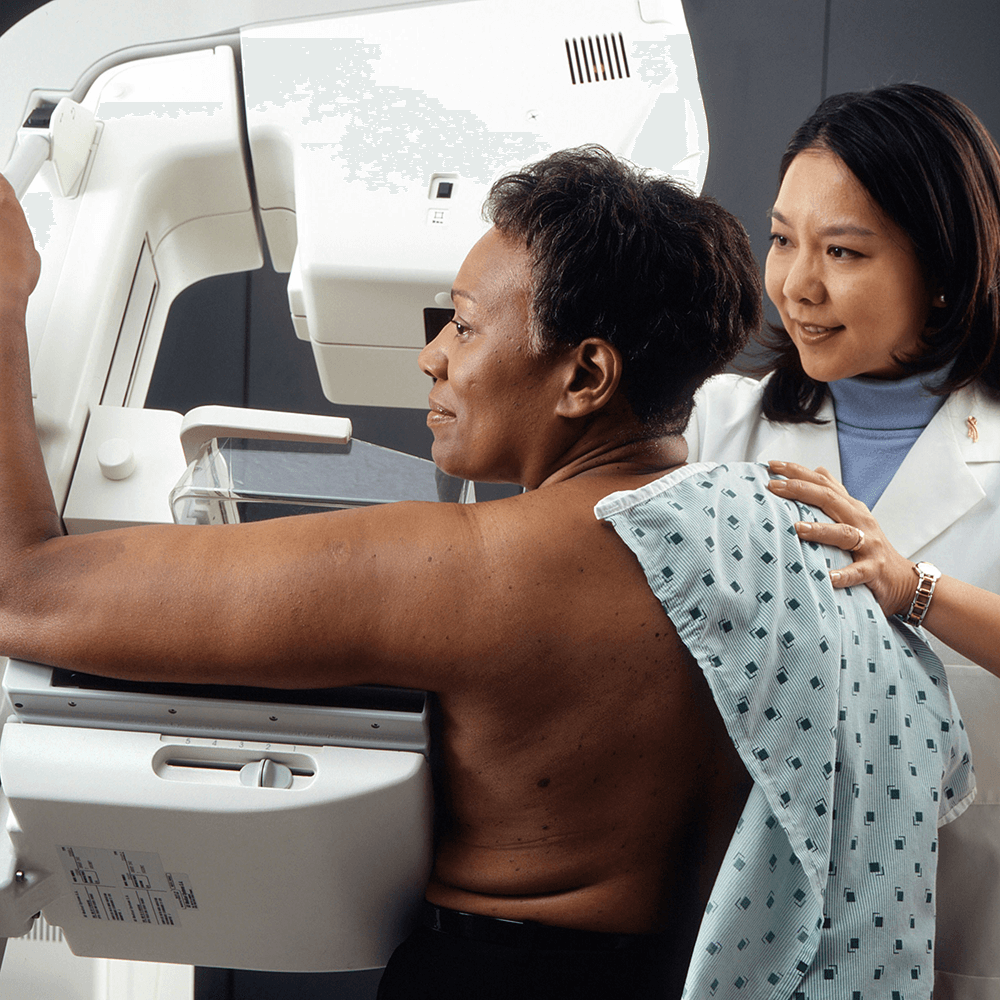Although digital mammography has been widely used for breast cancer screening for more than a decade, it has imperfect sensitivity and specificity. A newer technology, digital breast tomosynthesis (DBT), may have a lower recall rate and a higher cancer detection rate than 2-dimensional mammography, although most studies of DBT were retrospective and did not evaluate long-term health outcomes.1 The use of DBT has some important trade-offs compared with 2-dimensional mammography, including higher costs and higher radiation dose with some machines.2 Although the US Preventive Services Task Force and the American Cancer Society have not specifically endorsed DBT for routine breast cancer screening, citing insufficient evidence, the American College of Radiology supports its use.3,4 Our objectives were to describe adoption of DBT for breast cancer screening in a large privately insured population, characterize regional patterns of adoption, and identify regional-level characteristics associated with that adoption.





